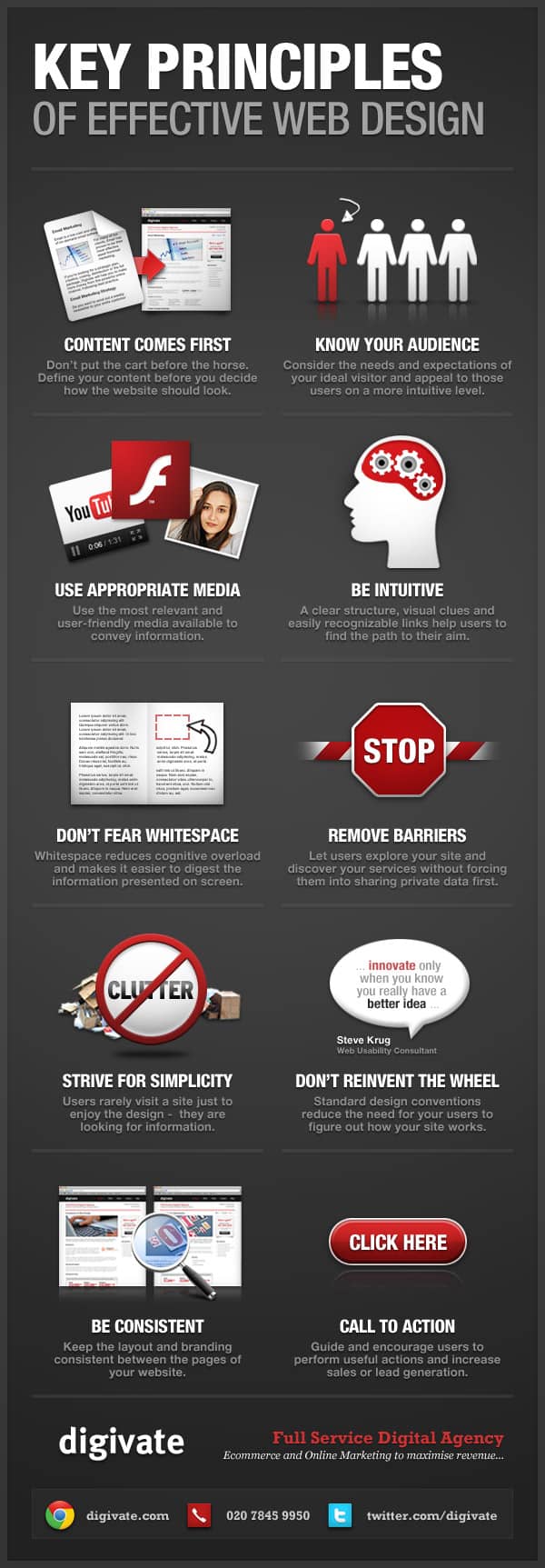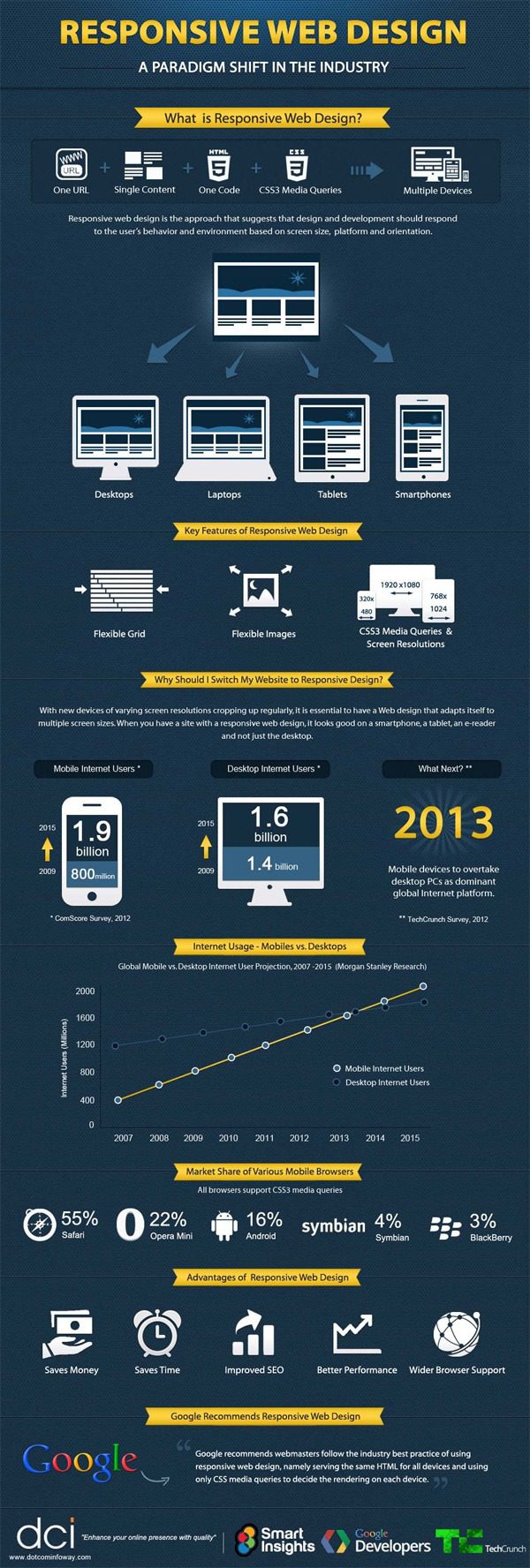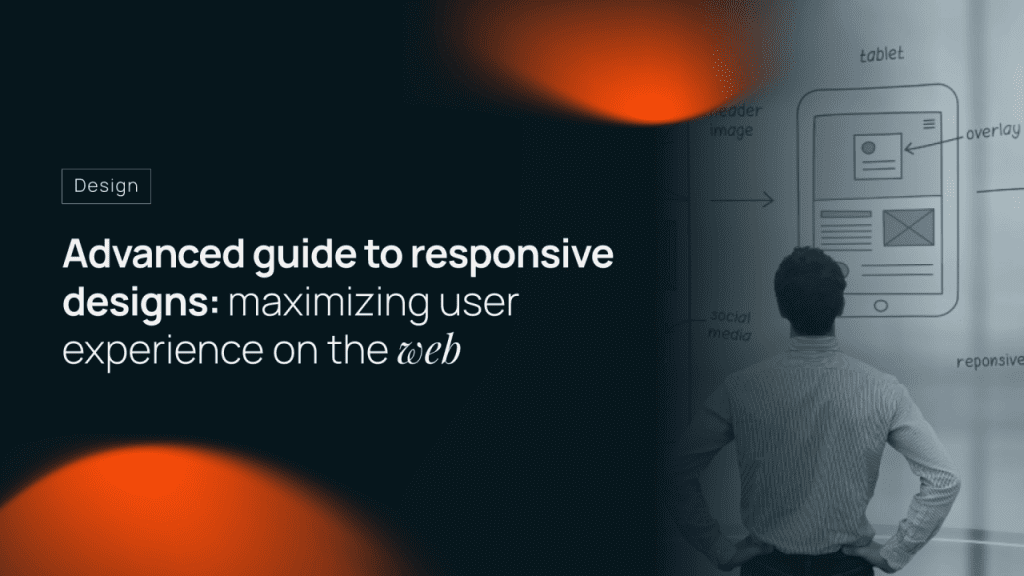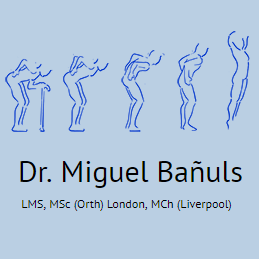Maximizing user experience is essential in today’s fast-paced digital landscape, where capturing the attention of users is only the beginning. As web design continues to evolve, understanding the core principles that drive user experience optimization has never been more crucial. From responsive design that accommodates various devices to seamless website navigation that enhances usability, every element plays a vital role. By focusing on load time improvements, you not only keep visitors engaged but also foster loyalty among your audience. This guide will uncover the best practices for maximizing user experience, ensuring you build a website that resonates and retains visitors.
The art of crafting a memorable online interaction hinges on enhancing the way users engage with digital platforms. User satisfaction in web architecture is shaped by fundamental design philosophies and strategic enhancements that encourage seamless exploration. Central to this dialogue are pivotal elements such as adaptable layouts, intuitive navigation pathways, and swift loading times—each a building block in the edifice of effective web engagement. Exploring these principles while leveraging modern design trends will empower you to create visually striking and user-centric websites. Embrace this journey of elevating user interactions as a means to foster enduring relationships in the digital realm.

Understanding User Experience: A Foundation for Design
In the digital realm, user experience is the invisible thread weaving together a tapestry of interactions between visitors and a website. It embodies the feelings and impressions users carry with them as they navigate a site. A well-structured platform not only invites users in but also encourages them to linger, explore, and even return time and again. Companies that place a premium on user experience often find themselves outpacing competitors in this fast-paced environment.
The truth we must embrace is that every pixel counts and every interaction matters. When crafting a website, thinking beyond aesthetics to investigate how users engage with content is paramount. Websites that successfully marry functionality with beauty don’t merely attract views; they cultivate loyal users who feel a personal connection to the brand. This relationship hinges on a commitment to understanding user needs and responding swiftly to their expectations.
Core Elements of Effective Web Design
At the heart of effective web design lies a strategy anchored in simplicity and clarity. Navigation should be a user’s trusted guide, illuminating a path through an intricate digital landscape. Whether through intuitive menus or logical categorizations, ensuring ease of access transforms the seemingly daunting into the familiar and approachable. A user’s journey should flow seamlessly, avoiding the pitfalls of confusion and frustration.
Moreover, optimization plays a pivotal role in this landscape. Speedy load times are not just beneficial; they are essential for retaining users’ attention. A website that stalls can create a negative first impression, leading potential visitors to drift away in search of a swifter experience elsewhere. To counteract this, webmasters must employ techniques such as optimizing images and refining code, ensuring that every element loads like lightning.
White space also emerges as a powerful tool in the designer’s arsenal. It invites focus, allowing crucial content to breathe and stand out. Striking the right balance between visual appeal and functional efficiency is the designer’s art, enabling users to digest information without feeling overwhelmed.
Emerging Trends Shaping the Future of Web Design
As we stride into a future rich with technology, web design trends continue to evolve, driven by user preferences and advancements. One such phenomenon is the rise of AI-driven personalization, where websites morph into tailored experiences based on user interactions. This approach enhances user satisfaction by producing content that resonates with their desires, creating an engaging dialogue rather than a one-sided transaction.
In addition to personalization, the allure of dark mode has captured the hearts of digital denizens. This feature is more than a visual preference; it’s a consideration of comfort in a world that demands more time in front of screens. Offering users a choice reflects an understanding of their needs, fostering an atmosphere of inclusivity that speaks volumes.
Micro-interactions also play a critical role, rewarding users with delightful feedback upon each action. These small but mighty elements provide reassurance, making the user’s journey more interactive and engaging. The fusion of technology and creativity signifies a new chapter in web design, where minute details can create profound impacts.

Emphasizing User-Centric Design
To conclude, enhancing user experience in web design requires a deliberate commitment to creating interfaces that resonate with user needs. The principles outlined in this guide — from responsive layouts to engaging content — serve as the pillars upon which effective web design stands. By implementing these strategies, designers and developers alike can foster an environment where users feel comfortably engaged and valued. Furthermore, adapting to evolving trends ensures that websites remain relevant and inviting, encouraging continued visitor interaction. nn- User experience must be at the forefront of design strategies to capture and retain attention. n- Responsive layouts and engaging content are essential for fostering user trust and satisfaction. n- Adapting to trends like AI personalization helps tailor experiences to individual user preferences.
As we’ve navigated through the intricacies of web design principles, it’s clear that the end goal is to create a harmonious balance between aesthetic appeal and functional usability. By investing time and effort in understanding user behavior and expectations, web designers can craft experiences that not only inform but also inspire. This user-centric approach highlights the importance of adaptability and foresight in an ever-changing digital landscape. With each design decision, let us remember that the user is the heart of it all, and when their experience is paramount, success in web design becomes a natural consequence. nn- Focus on user needs to craft designs that inform and inspire. n- Adaptability to changing trends is key to ongoing success in web design. n- A user-centric approach paves the way for meaningful engagement and lasting loyalty.
Innovative Strategies for Engagement
In summary, maximizing user experience is not a singular task but a multifaceted journey that embraces innovation, usability, and accessibility. As we’ve explored, the landscape of web design continues to evolve with the integration of advanced features and user expectations. Steering your website toward enhanced experiences means embracing the dynamics of responsive design, effective navigation, rapid load times, and accessibility, ensuring that all users feel included in a visually pleasing digital space. nn- Innovation in web design must include strategies for accessibility and user engagement. n- Emphasizing speed and simplicity can significantly reduce user frustration and promote return visits. n- Accessibility features and a consistent brand presence foster trust and reliability.
Furthermore, the importance of captivating content and engaging interactions cannot be overstated. High-quality visuals and strategic CTAs create a narrative that encourages exploration and satisfaction among visitors. Keeping abreast of trends such as micro-interactions and dark mode options adds layers of delight that cater to modern user preferences. Ultimately, creating a website with user experience as a guiding beacon will not only increase site performance but also forge strong connections between brands and their audiences. nn- Compelling content and design tools enhance user exploration and satisfaction. n- Trend awareness, such as incorporating micro-interactions, keeps user experience fresh and engaging. n- A user-focused design philosophy strengthens brand loyalty and connection.















